|
Nic Zabel ’21 and Erica Schultz ’21 just graduated into an economy where technological disruption is not the exception but the rule. A technology-focused marketing course, MKTG 430 – Marketing Management, aims to better prepare students like Zabel and Schultz for this reality via real-world experience consulting with local tech firms.
The course is one example of the University of St. Thomas Business in a Digital World (BDW) initiative in action. The initiative is a holistic approach to equipping students with competencies in emerging technologies essential to all future professionals. For marketing majors like Zabel and Schultz, this learning came in the form of a semester-long capstone project pairing teams with local tech entrepreneurs. Zabel and his team consulted with REM5, a Minneapolis-based virtual reality lab and event space. Shultz and her team focused on ReMember, a first-of-its-kind restaurant loyalty mobile app platform designed by Matty O’Reilly ’19 MBA, a 28-year veteran of the restaurant and hospitality industry. Marketing Professor Gino Giovannelli teaches the capstone course. Being an engineer by training and having founded his own digital marketing consulting firm, Giovannelli is uniquely qualified to guide students through this hands-on experience. For Giovannelli, there is no magic involved in the emerging tech space. “It’s about recognizing that while the technologies may be new, the key is to not be intimidated by the unknown. And it is important for students to really dig in and understand the business first and the technology second, and to not cut corners in the process of understanding the business,” Giovannelli said. “These students couldn’t cut corners because the products were foreign to them.” Lisa Abendroth, director of the Business in a Digital World initiative, explained that the students are responsible for knowing the bounds of their technological competency. The impetus is on the university to provide a psychological environment where students feel safe enough to admit what they don’t know. “[As a student] I have to have the humility to say, ‘I don’t know some of this stuff and now I need a safe space to be able to explore it.’ We provide students with that psychological safety,” Abendroth said. The class had a significant impact on the students and business owners alike. Over the course of the semester, the students developed a comprehensive marketing strategy for their business partners and presented it via Zoom. For some, it was their first experience serving as consultants. “This is the first time I’ve ever collaborated with a company. I felt like I was making a difference and getting real-life working experience as a professional,” Zabel said. REM5 co-founder Amir Berenjian was impressed with both students and the work they produced. “We had an extremely productive and mutually beneficial engagement with the St. Thomas students,” said Berenjian. “For us, it was a great way to get raw insight and perspective from the demographic that is on the doorstep of driving digital innovation for decades to come. For the students, it was valuable exposure to disruptive technologies like VR and AR and also an exciting look behind the curtain of entrepreneurship and start-ups. Programs like this really help bridge the gap between textbooks and the real world, so kudos to St. Thomas and the students for driving this initiative forward.” O’Reilly was equally impressed by the students and their presentation for ReMember. He came away from the experience with some key considerations about prioritizing the onboarding of restaurants over end users. “Very thorough and really well done … Awesome job all around,” said O’Reilly. As important as it was for the students to immerse themselves in their chosen technology, Giovannelli explained that whether the product is tech-based or not, the success or failure of the effort will come down to relationships. “It’s about an ability to work effectively in teams with a client … Once you get past [the technology], it’s just marketing, and it’s just working with people,” said Giovannelli. Giovannelli is passionate about preparing his students for the reality of their world after graduation. “It’s like the dress rehearsal to the big show. This time it’s for a grade, soon it’s for real,” he said. But he is confident that his students will be successful because he sees in them a drive and a hunger to learn and grow. “This generation is the generation that just figures it out. They don’t need to be told how to do it. They just need to be told to do it, and they go out and get it done.” https://news.stthomas.edu/marketing-majors-devise-innovative-strategies-for-local-emerging-tech-firms/
1 Comment
Don't worry, you don't have to keep the kids bored in the house all summer. We have some ideas for how to keep them occupied with fun activities all across Minneapolis.
1. Virtual Reality/Gaming Keep your video-game-loving kids active by exploring the world of virtual reality. REM5's state-of-the-art VR Lab is a hit for all ages and interests. Get your kids off the couch and transform them into Spiderman, a fruit ninja, a star quarterback and more. 2. Museums If your kids missed out on field trips while everyone was trying out distanced learning, they'll be excited to hear about all the new exhibits happening at our museums. The Bakken, Walker Art Center, Science Museum, Mia, American Swedish Institute and The Bell Museum are all ready to welcome you back and expand your knowledge. 3. Cooking Classes Have an aspiring chef experimenting in your kitchen? Get them some professional training with Cooks of Crocus Hill's Kids Camps. Classes range from global cuisine to baking to recreating popular restaurant dishes. 4. Solve a Puzzle Get your kids thinking creatively by trying to solve their way out of an escape room at Trapped Puzzle Rooms. Race against the clock while finding clues in "Diagonal Alley", uncover secrets in a supervillain's lair or travel back in time and help save a kingdom. 5. Beaches and Parks Do your kids need some place to release their energy? Minneapolis is full of parks and beaches where you can run and swim, and still keep your distance. Beaches are open during regular park hours, from 6 a.m. to midnight daily. Check individual beaches to see when lifeguards will be on duty. If you don't feel like swimming, why not take a picnic to the park? With so many takeout options, and plenty of green space to spread out, social distancing suddenly doesn't seem so bad. Grab your favorite food, bring a blanket, and enjoy some outdoor time with the kids! 6. Water Taxi If your kids enjoy being out on the water then they'll love the Minneapolis Water Taxi experience. This hour-long boat ride can accommodate a family of 6 and takes you on a trip up and down the Mississippi River. The whole family will get to take in incredible views of the city and appreciate some nice relaxing time on the river. 7. Patio Dining The whole family can enjoy a mix of food and sunshine, by going out to lunch at one of the many patios that are now open. It's the perfect way introduce your kids to your favorite restaurant spots around the city. 8. Go Out for Ice Cream What could be better on a hot summer day than a scoop or two...or three of ice cream? Many Minneapolis ice cream shops serve up plenty of unique flavors that are sure to put a smile on your kid's face. 9. Minnesota Zoo Visit our animal friends again at the Minnesota Zoo. Take a stroll through the tropical rain forest enjoying natural waterfalls and exotic wildlife. Afterwards, wander around Discovery Bay and marvel over the serene aquariums and marine wildlife. Or learn about what's in our own backyard at the Minnesota Trail. Whichever road you take you'll find endless learning opportunities. 10. Twins Game Get your kids cheering for the home team at a Minnesota Twins game. Target Field provides a beautiful outdoor atmosphere, delicious and kid-friendly food options and a reason to dance, sing and sometimes even yell and shout in public. https://www.minneapolis.org/things-to-do/seasonal/summer/kid-activities/?fbclid=IwAR2EOgkd8DZnNAX1BgzHBgm8d8CdznY6Wj0T2sv0mJ0A9m_FaguEBGuzz_M
What to know about the upcoming partnership between REM5 Virtual Reality Laboratory and The Twin Cities Film Fest (TCFF):
“Storytellers have been innovating with technology for decades, and VR/AR technology is the next generation of tools for their craft. We’re extremely excited to partner with TCFF to showcase these powerful new mediums and highlight some of the true pioneers in the space.” For more information about REM5 and TCFF, read the release below. Also, don’t miss our interview with REM5 CEO Amir Berenjian on The tech.mn Podcast! https://tech.mn/news/2021/06/16/rem5-partners-with-twin-cities-film-festival-for-vr-experience With many music and arts venues closed, St. Louis Park musician Symone Wilson is seeking to help create a virtual venue that’s out of this world.
Wilson is teaming up with Kelsey Jo Geiger, who provides instruction on the music industry business at the Institute of Production and Recording in Minneapolis, and St. Louis Park-based virtual lab REM5. The plan is to create a sprawling virtual venue in which visitors will be able to interact with each other through a variety of devices, take in music, wave virtual glow sticks and even try to find a hidden horse room. The Placebo Records Virtual Reality Venue would be named after Wilson’s own record label. A St. Louis Park Arts and Culture grant and Metropolitan and Regional Arts Council grant are helping to fund the venue, but Wilson is also seeking to raise $20,000 on GoFundMe.com. The additional funds would help pay staff for graphic design and marketing work, cover the cost of remaining work on the virtual venue and pay artists. The venue has a cosmic-style sky along with a variety of rooms for participants to virtually gather to chat or watch videos. “I definitely want to make it feel like a venue you’ve never been to before or probably can’t exist in real life,” said Wilson, who performs under the stage name SYM1 and worked as a staff member at the SLP Nest youth-centered coffeeshop and music venue. One space could feature a 24-hour music stream to help create the feel of a listening party. A main stage area would be connected to a Twitch account featuring either live performances or pre-recorded music videos. A “green room” would allow artists to gather together virtually to mingle. “I want to have that interactive feel, for sure, that everyone craves right now,” Wilson said. “There’s more opportunity for that interaction and engagement, which I heavily miss.” Like a live venue, a merch booth is planned. It would feature digital art and items linking to an artist’s merchandise website or Instagram page to allow participants to view more of their work. Beyond seeking to reignite the music community, Wilson said she wants to encourage diversity in the music industry. She plans to create a mentorship program with the assistance of Ro Lorenzen, lead vocalist for the Twin Cities funk band Static Panic. “She’s a person of color and a person of the LGBT community, which I also am, and so we are both joining heads on getting BIPOC, LGBT and youth involved within the space,” Wilson said of the mentorship plans. “We’ll definitely be promoting that as a big part of the venue.” In the grant applications, Wilson set a goal that half of the artists involved would be Black, Indigenous, people of color, LGBT or youth. “I feel like consistently marginalized communities, especially the ones that I listed, are left out too often, and if they are included there’s like one token to every group or scene,” said Wilson, who referenced the electronic pop scene that she is a part of along with other genres. “It’s not always like that, and I’m definitely seeing there be an improvement. But I want to see that happen on just such a broad scale.” She indicated that she wants to promote diversity through her record label. “I want to see Black people in opera,” she said. “I want to see white people in rap. I want to see everybody in everything – just mess it all up, whatever the narrative has normally been. I want to see it completely different on every level so that you never expect to see somebody in a certain place.” Work on the venue is ongoing, but Wilson hopes to launch next month. Brian Skalak, director of marketing and events at REM5, commented by email, “REM5 STUDIOS is incredibly excited to work with such an innovative group of artists and musicians here in the Twin Cities to make this virtual venue a reality for them. We’ve spent the last year really diving into the use cases for this WebXR platform and making 3D, social worlds accessible on mobile devices to laptops – and, yes, VR headsets.” Skalak noted other recent work REM5 has undertaken. “Music and entertainment executions are a slam dunk, but we’ve also utilized the tech to create a Hall of Fame for the Minnesota Twins and a museum on racial inequity,” Skalak wrote. “The possibilities are endless!” The idea for the virtual venue came about after Skalak suggested to Wilson that Placebo Records could host a virtual event. That suggestion prompted Wilson to brainstorm about a more far-reaching collaboration. “I felt like there was a need for community to be built up in an intentional way,” Wilson said. With City Pages ceasing production and no music venues open for months, Wilson said she felt a lack of connection with the rest of the music community. “I want to feel excited about my community again,” Wilson said. “I want others to feel excited about their communities again. I want them to feel like they have support, and so I want to be able to provide that support and excitement in a way that’s never been done before and is also safe.” While geared toward the Minnesota music scene, Wilson hopes to bring in artists from across the country and abroad. While she suggested the virtual venue team’s work could emerge into the real world eventually, she said she would like the virtual venue to remain for music lovers to visit if the weather is bad or they feel like staying in. “Going to a venue is, like, a lot of time and energy, and sometimes we want to just support and see music without having to leave our homes,” she said. “We can now.” To learn more, visit placebo-records.com. The fundraiser page is at gofundme.com/f/virtual-reality-venue-for-music-arts-accessibility. https://www.hometownsource.com/sun_sailor/st-louis-park-musician-plans-virtual-venue/article_af8bf270-a259-11eb-8c78-1b5c6ef181c2.html If you’re like everyone else, the last 12 months have been both one big blur and filled with far too many video conferences. Nearly overnight, Zoom and other video conferencing tools became the norm for displaced workers to still connect and meet in the new COVID normal. Quickly, video became the norm even when the meeting could have easily been handled over email or a quick phone call.
In a recent study by the Stanford Virtual Human Interaction Lab, they note that video chat platforms, “have design flaws that exhaust the human mind and body.” They note the four reasons for this exhaustion: Close-up eye contact, seeing yourself in real-time, reduced mobility, and increased cognitive load. Now, amplify this over an entire year, and you can easily see why employees are so drained. Video conferencing is far removed from natural social interaction. As an innovative alternative, several companies have begun utilizing a new platform, WebXR, that combats many of the factors contributing to “zoom fatigue”. WebXR is an immersive, three dimensional, social experience that runs across devices (mobile, PC, and VR) right out of a web browser. Think of WebXR like a multiplayer video game that runs online. You control an avatar to move throughout space and talk with others. The really cool features include spatial audio and spatial presence, two things that you don’t get on traditional, 2D video chat. While WebXR doesn’t look to fully replace video chat, it does provide a unique and alternate option for companies and organizations in any industry. It sits nicely in between video chat and full virtual reality and the fact that it works on mobile and PC makes it just as accessible as your favorite video conference service. Now besides hosting more immersive, less tasking meetups, meetings, and social hours on the platform, it can also be used as a tool for content delivery in the format of speaker series, museum installations, and brand activations as well. Recently, Minneapolis-based XR Agency, REM5 STUDIOS, built out an entire Hall of Fame experience for the Minnesota Twins in WebXR. This allowed fans from all over the world to visit and explore together as long as they wanted, whenever they wanted. The 3D modeled space contained multiple clubhouses with shines for each player plus archival photos and video. Fans were even able to select avatars with Twins jerseys from over the years. It was an engaging and immersive brand experience that couldn’t be told any other way. The Twins and major sports teams are just one example of the unlimited use cases for WebXR. Earlier this year, Sundance Film Festival went all online with an impressive WebXR component for their New Frontiers section of the event. Another big opportunity is in the education and training space. According to PWC, immersive platforms allow participants to learn quicker and be more emotionally connected to the content. Museums can now deliver immersive content and extend their geography overnight. These types of experiences are just at their infancy and will live long beyond the “end” of COVID as a new tool to reach audiences both internally and externally for years to come. https://coruzant.com/virtual-reality/zoom-fatigue-is-real-why-businesses-are-innovating-with-webxr/ Virtual reality has been moving mountains across a myriad of verticals. In the past few years, we’ve also been seeing VR as a force for social good. REM5, a Minnesota-based company, is doing just that with a virtual exhibition space called “1 City. 2 Realities.” which is part of their REM5 For Good initiative. It illustrates and educates people on the realities of racial inequity and inequality across the nation.
Tackling Racial Inequity in Virtual RealityThis year on March 21, we celebrate the International Day for the Elimination of Racial Discrimination. The theme for this year is “Youth standing up against racism.” In the digital era, we’re seeing a new wave of activism and social movements, which rely heavily on technology to promote social, economic, as well as environmental change. According to REM5 co-founder, Amir Berenjian, they wanted to create a virtual space for sharing different stories about racism and discrimination. Also, they wanted to bring discussions about racial inequity to a meaningful space. Thus, REM5 For Good created “1 City. 2 Realities.”, which highlights the harsh truth about racial discrimination throughout the US. To make the experience as educational and immersive as a real exhibit, they used VR to power it. The immersive nature of VR makes it highly engaging. Additionally, it enables a forum for social interaction, allowing its users to start those difficult conversations about race and racism. As you enter the exhibition space, you can view the displays at your own pace. You can also engage with other users. Although you can only hear other users who are close to you in the virtual space, you can engage with anyone regardless of their location. The “1 City. 2 Realities.” exhibit even comes with a virtual idea board that you can follow using your mobile device. Virtual Reality as a Tool Against RacismREM5 For Good has two main objectives. They are as passionate about K-12 education and cultural competence as much as emotional intelligence education for large companies. They’ve worked with over 15,000 users and enterprises, such as General Mills, Target, Boston Scientific, and the University of St. Thomas. On Martin Luther King Jr. Day, Target and General Mills provided their employees with access to “1 City. 2 Realities.” This powerful tool helped raise awareness about racial inequity and racism by sharing real-life stories of racial discrimination. Moreover, it illustrated the impact of racism on communities. The virtual exhibit provides a safe space for participants to learn and reflect on their actions without fear of judgment. After every session, employees are given a chance to talk about their realizations and listen to others. From there, these institutions can work on addressing racial inequality within their respective systems. They can make positive changes to create fair and inclusive workspaces for their people. https://arpost.co/2021/03/21/virtual-reality-fight-against-racial-inequity/ |
Archives
August 2023
Categories |

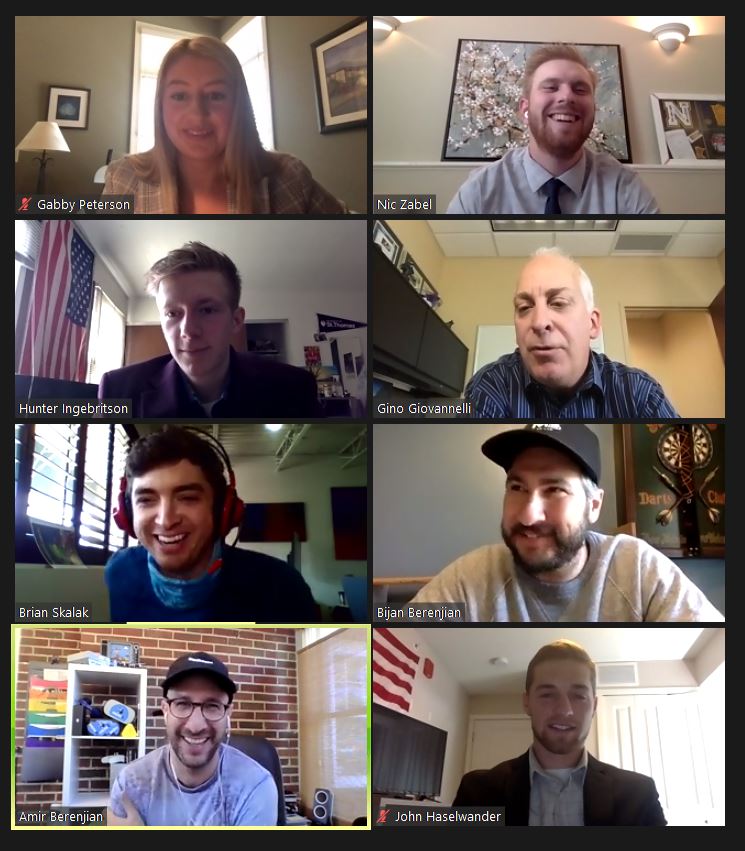
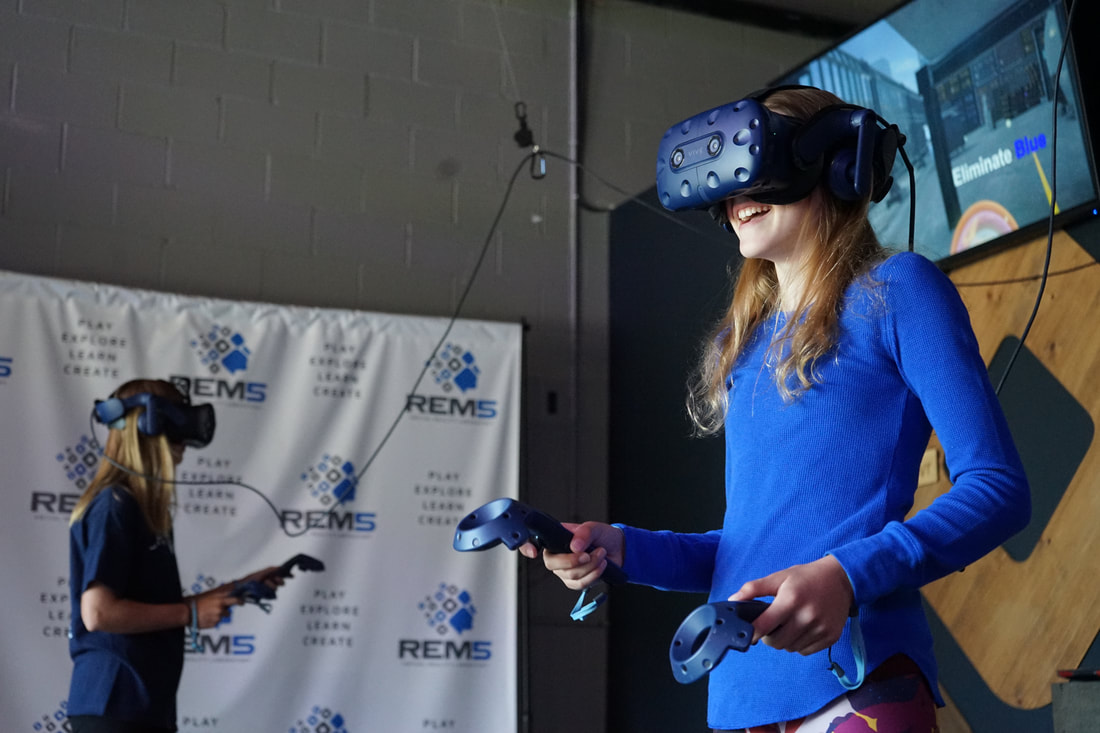
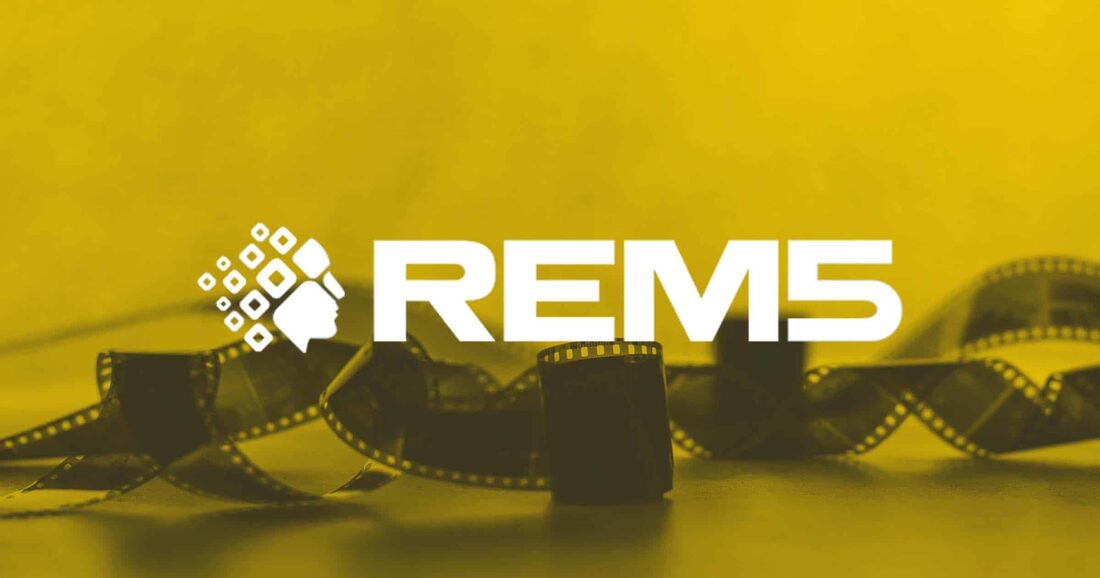
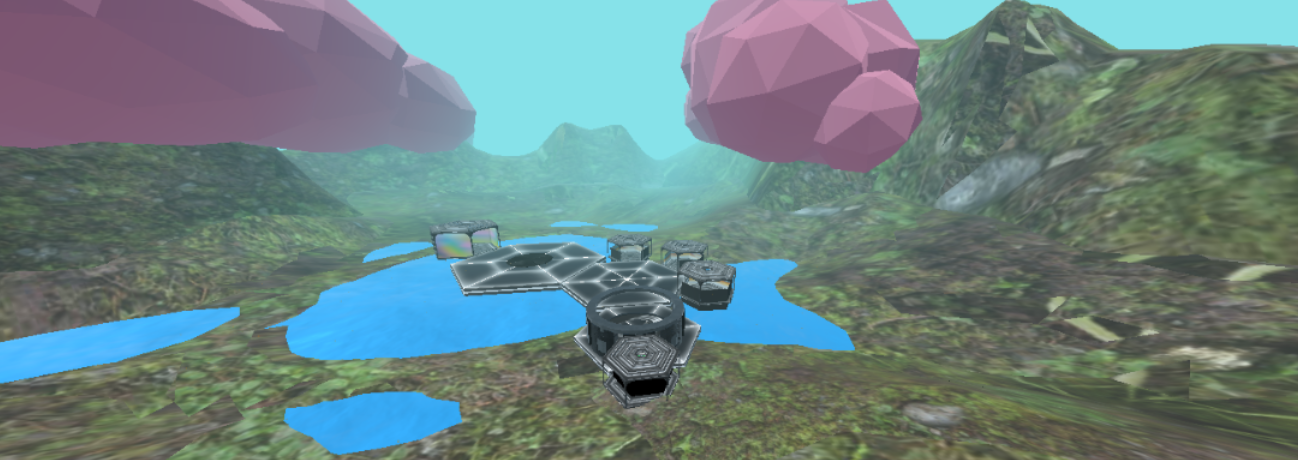
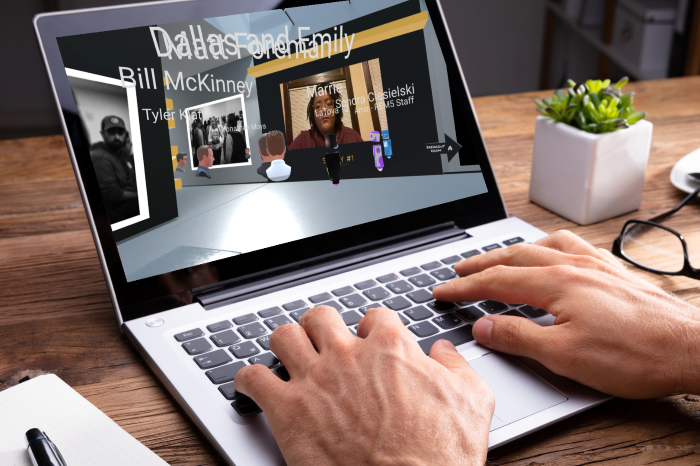
 RSS Feed
RSS Feed